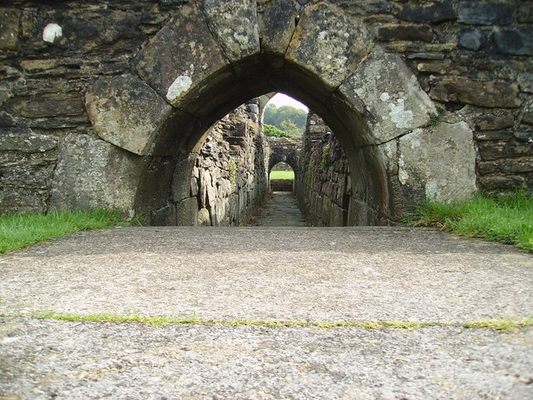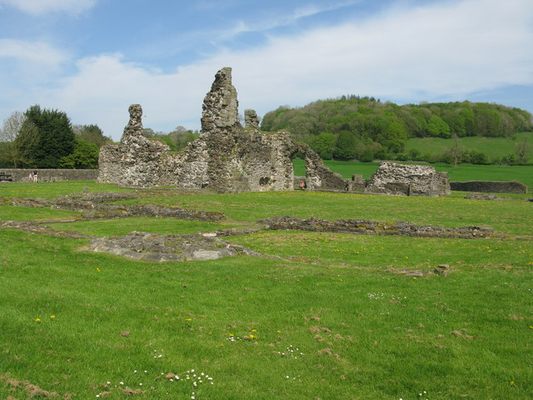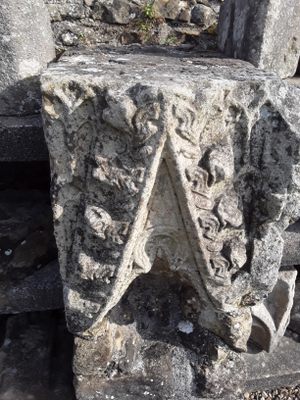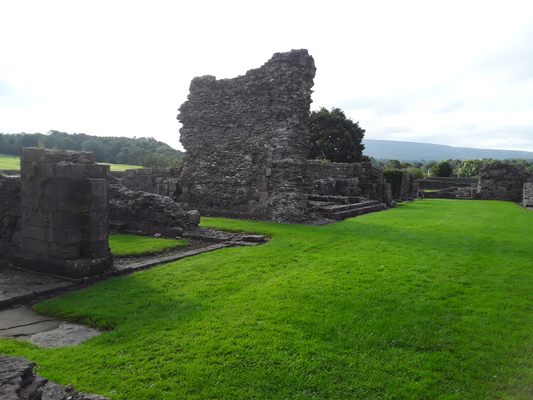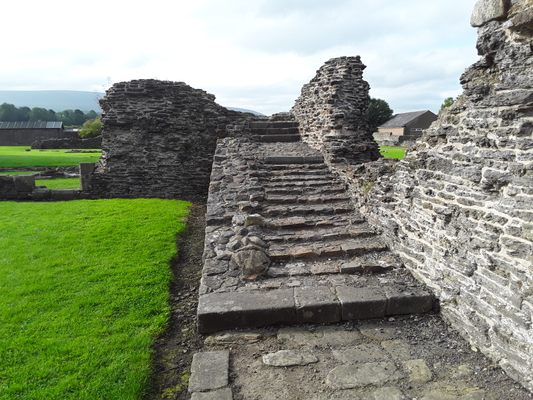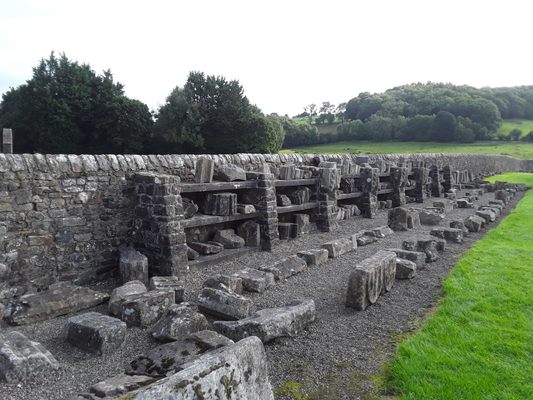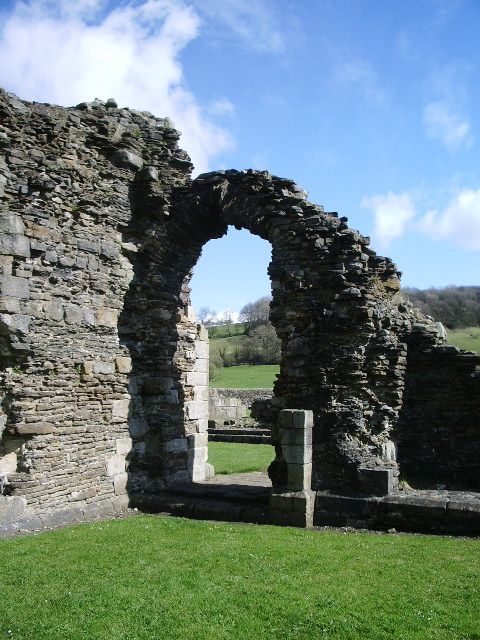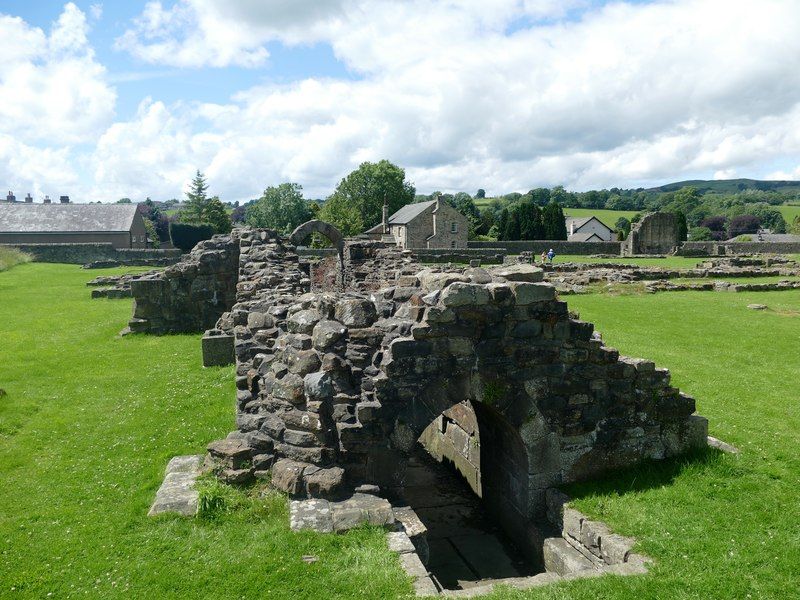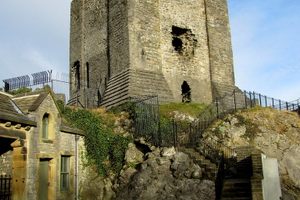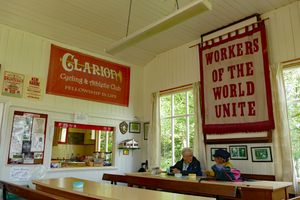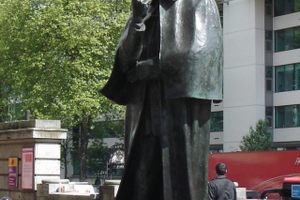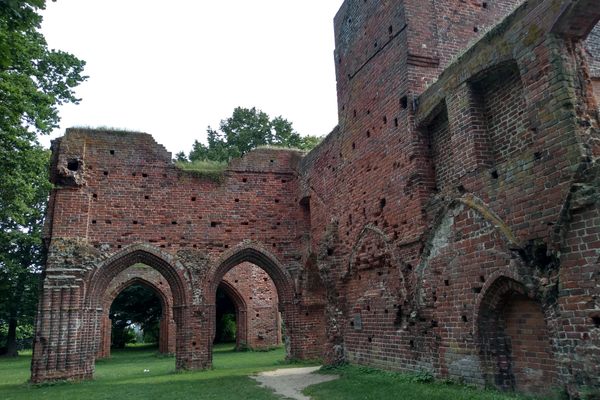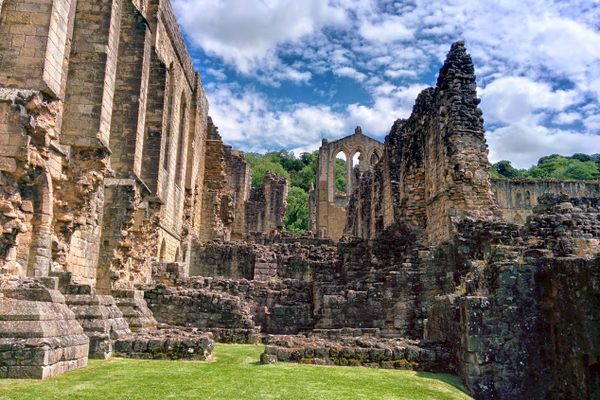About
Whether you are interested in the history or the architecture or just looking for a picnic site with an unusual backdrop Sawley Abbey is well worth a visit. The site is directly alongside the River Ribble and sits just inside the Forst of Bowland "area of outstanding natural beauty." It is the ruin of a 12th-century Cistercian monastery established by monks from northeast England and has a history of conflict and bloodshed
After its formation, the monastery got by for many years, thanks in no small part to donations by its benefactors, the Percy family of Northumberland. But its fortunes suffered when the nearby Whalley Abbey—another Cistercian house relocated from Cheshire—was established, in 1296, on the other side of the Ribble valley. Far from showing brotherly love, the two sets of monks were involved in legal disputes where their lands met, not least the fishing rights in the River Ribble which formed the southern border of the Sawley lands.
The legal disputes persisted until 1305 but around 1320 the monks began to suffer from the attentions of Scottish raiders pushing down from the north. Despite this the Abbey survived until early 1536 when Henry VIII dissolved the minor English monasteries. Opposition from the Abbot of Sawley, Thomas Bolton, resulted in his execution.
For most abbeys dissolution would mean the end of their existence, but in late 1536 a series of pro-Catholic rebellions in the north of England culminated in the "Pilgrimage of Grace," which saw many abbeys temporarily re-occupied. Sawley was one of these but after Thomas Cromwell put down the rising in 1537 the newly installed abbot, William Trafford, was executed at Lancaster for treason. (Ironically, alongside the last abbot of Whalley Abbey).
Several centuries of robbing of the high-quality stone has left little standing above ground level but the floor plans can be clearly seen from the remaining walls and foundations. The former latrine and drainage system (reredorter) are amongst the best-preserved parts. Also of note is the night staircase, which the monks used at night to move from their dormitory to the chapel while completing their various spiritual obligations.
Related Tags
Know Before You Go
Admission is free and the site opens at 10 am daily and is open until at least 4 p.m. ( closed Christmas and New Years). There is no on-site parking so you will have to park on the street.
Bus route 280 from Preston to Skipton calls at Sawley and also at several local towns which have rail connections (e.g. Whalley and Clitheroe).
Published
October 11, 2021
